Switching larger ficus Benjamina to gritty mix?
Dave
8 years ago
Featured Answer
Sort by:Oldest
Comments (45)
Dave
8 years agoRelated Discussions
Ficus Benjamina Bonsai
Comments (3)Leaf size and internode length and a feel for how dense it grows will tell us a lot about what's appropriate. Joe. Some of the smaller-leaved varieties if benjamina (like 'Too Little' for example) lend themselves nicely to being styled into palm-sized bonsai, while the species plant with its long internodes & larger leaves might not reduce enough to be suitable. I would encourage you to get your plants outdoors in the summer, and to pot them in larger pots so they have room to stretch out, and so their growth won't be inhibited by tight roots. A quick spray with the systemic Imidacloprid in the fall before you bring them in should eliminate any hitchhikers that might want to come along for the ride, and if you use it as a soil drench, it will take care of any subterranean denizens as well. Lol - I often have good intentions about 'designing' a tree from the outset. I do this all the time with cuttings I start, but invariably what happens is I see something later I like better & it all goes out the window. Let the tree tell you what it wants at first, but building taper into your trunks is always going to produce a more believable (natural looking) bonsai .... unless maybe you're working in the literati style. You can plan ahead on how to approach this 'trunk chop' think. Here are a couple of pictures of a larch in the process: before clearing some branches to let light to the bottom - where my tree will eventually be Now the instructional part. You can see that I already have the first branch wired into place on the right, and the new leader is wired into place on the left, pretty much in a diagonal line with the first branch. I'll chop the trunk an inch or so above that line & decide what to do with the deadwood. Larch heals quickly, so I may cut it close & allow the scar to heal, or create a deadwood feature. If you look closely, you'll also see lighter wire on the branch that comes back to toward the trunk, which is also a leader and makes the tree an informal upright. The fat branch with the heavy wire that moves up and to the left is a sacrifice branch. I've removed branching from it near the other leaders so there is no chance of it blocking the sun from the branches I intend to keep. After it does its job of fattening the branches/trunk below it, it will be pruned off ..... before it gets so large it would leave an unsightly scar. This procedure can be leapfrogged up the tree for as long as you have patience for. I have trident maples in the ground that are less than a foot tall with 3" trunks using that method of building taper. I use it on almost all my trees to add character and believability, which is a very big part of the essence of bonsai. AL...See MoreMaking the switch to gritty mix
Comments (8)The gritty mix actually holds more water, longer, than it's given credit for by growers who haven't used it, and that's primarily due to protestations of other growers who haven't used it, that it doesn't hold enough water. When someone says that, it illustrates that the concept that yielded the gritty mix (an understanding of which is much more important than the recipe) isn't fully understood. You can adjust the gritty mix for water retention by simply increasing or decreasing the amount of screened Turface and grit. Example: More water retention: 3 bark 4 Turface 2 grit Less water retention: 3 bark 2 Turface 4 grit It's always a good idea to water on an as needed basis, even if plants are in a well-made gritty mix. It's worth mentioning, though, that as the amount of perched water a soil holds decreases, so does the critical nature of watering on an 'as needed' basis, until the critical factor nearly disappears when the soil reaches the point where it holds no perched water. Obviously this doesn't apply to every plant, but when you limit the discussion to plants that prefer the soil 'evenly moist', watering on a schedule with the gritty mix or other soils that support no (or very little) perched water isn't the problem it is when using water-retentive soils. I water all my plants, indoors and out, on a schedule with no problems, but I'm careful to be judicious about that schedule. Some plants that don't tolerate wet feet might get skipped once or twice when other plants are getting watered more frequently. It's still a regular schedule somewhat modified to ensure some plants don't get more water than they prefer. Al...See MoreSwitching ficus to gritty mix?
Comments (2)Al (Tapla,) who is the creator of gritty mix frequents the container (& houseplant) forum. You've probably heard from him by now in the container forum?...See More5:1:1 mix or Gritty mix for Ficus Lyrata
Comments (17)The cultural wants of F elastica and F lyrata are virtually the same, so what works for one will work as well for the other. If you are having trouble with one or the other in either grow medium, it is not the medium, there is something else in play. Let me know if you want help trying to put a care regimen together that almost all the plants you're likely to grow will appreciate, no matter which of the two media you choose to grow in. While the primary difference between the two mixes is, the 5:1:1 mix holds more water, some of it as perched water, both are far superior to most off-the-shelf products based on almost all fine material, usually peat or some combination of peat, compost, composted forest products, or coir. Al...See MoreNeed2SeeGreen 10 (SoCal)
8 years agorina_Ontario,Canada 5a
8 years agotapla (mid-Michigan, USDA z5b-6a)
8 years agolast modified: 8 years agoDave thanked tapla (mid-Michigan, USDA z5b-6a)Dave
8 years agoDave
8 years agoDave
8 years agolast modified: 8 years agoDave
8 years agolast modified: 8 years agoDave
8 years agoDave
8 years agolast modified: 8 years agotropicofcancer (6b SW-PA)
8 years agoDave
8 years agoDave
8 years agolast modified: 8 years agoDave
8 years agoDave
8 years agoDave
8 years agolast modified: 8 years agoDave
8 years agoDave
8 years agoDave
8 years agoDave
8 years agoDave
8 years agoDave
8 years agoDave
8 years agoDave
8 years agoLoveplants2 8b Virginia Beach, Virginia
8 years agolast modified: 8 years agoDave thanked Loveplants2 8b Virginia Beach, VirginiaDave
8 years agolast modified: 8 years agoDave
8 years agolast modified: 8 years agotropicofcancer (6b SW-PA)
8 years agoDave
8 years ago
Related Stories

LIGHTINGWhat to Know About Switching to LED Lightbulbs
If you’ve been thinking about changing over to LEDs but aren't sure how to do it and which to buy, this story is for you
Full Story
KITCHEN DESIGNNew This Week: 2 Kitchens That Show How to Mix Materials
See how these kitchens combine textures, colors and materials into a harmonious whole
Full Story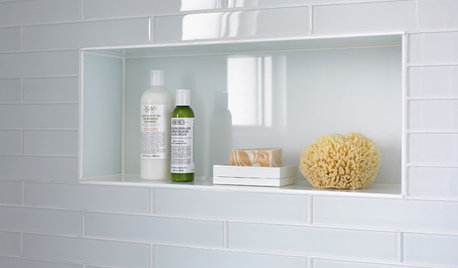
SHOWERSTurn Your Shower Niche Into a Design Star
Clear glass surrounds have raised the design bar for details such as shampoo and soap shelves. Here are 4 standouts
Full Story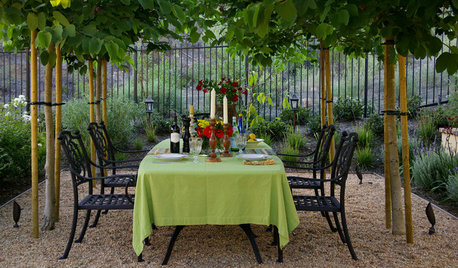
LANDSCAPE DESIGNEnjoy the Romance of Dining in a Classic Gravel Garden
Here’s what to consider when it comes to installing, styling and maintaining a DIY-friendly gravel patio
Full Story
LIFEHow Your Landscaping Can Keep Burglars Away
Prevent home break-ins with strategic landscaping and good practices instead of menacing — and maybe less effective — measures
Full Story
BRICKHow to Make an Interior Brick Wall Work
Learn how to preserve, paint, clean and style a brick wall to fit your design scheme
Full Story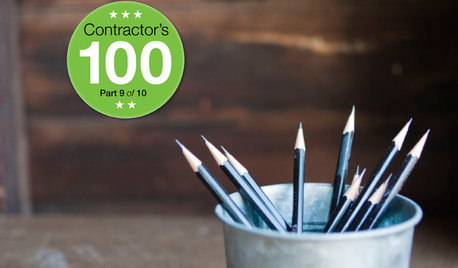
CONTRACTOR TIPSContractor Tips: 10 Ways to Remodel Greener
Push past the hype and learn what really makes a renovation kind to the earth and easy on your wallet
Full Story
SAVING WATER11 Ways to Save Water at Home
Whether you live in a drought-stricken area or just want to help preserve a precious resource, here are things you can do to use less water
Full Story
HOUSEPLANTS8 Essentials for Healthy Indoor Plants
Houseplants add so much to our homes — and can thrive when grown in the right conditions. Keep these tips in mind
Full Story
DECORATING GUIDESDitch the Rules but Keep Some Tools
Be fearless, but follow some basic decorating strategies to achieve the best results
Full Story


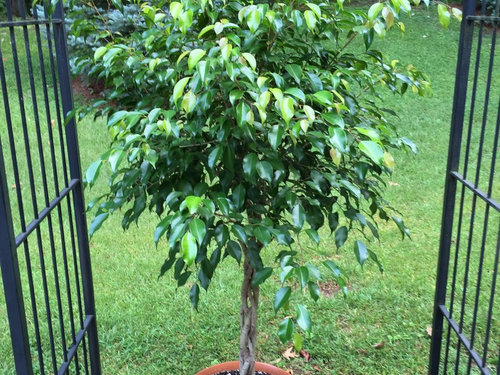
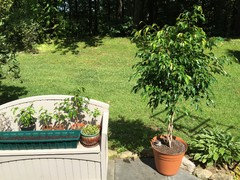
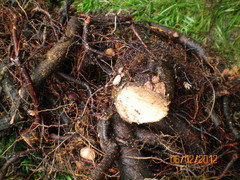
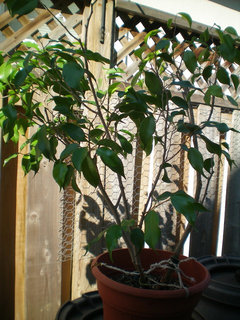

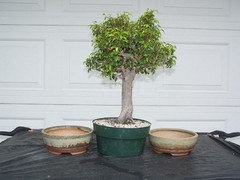

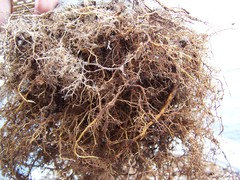


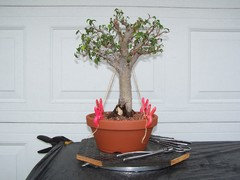




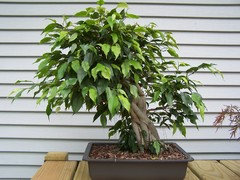
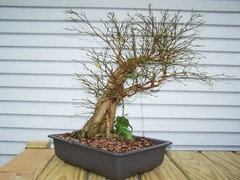
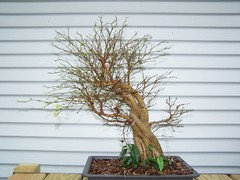
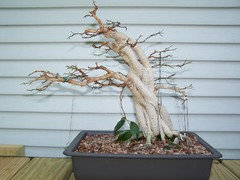



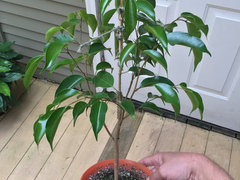








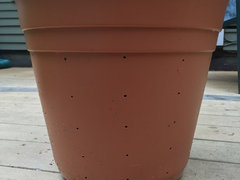



tapla (mid-Michigan, USDA z5b-6a)